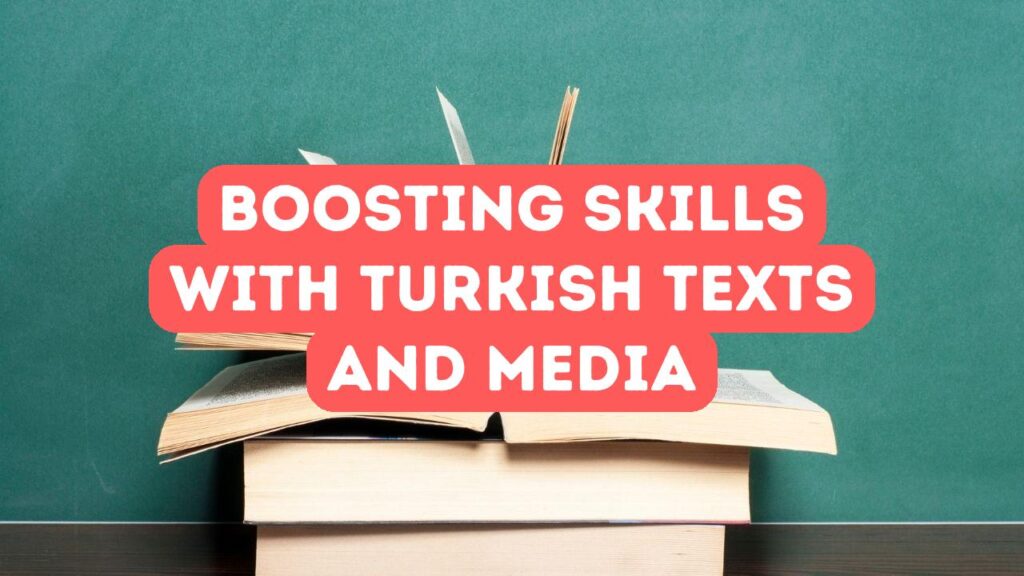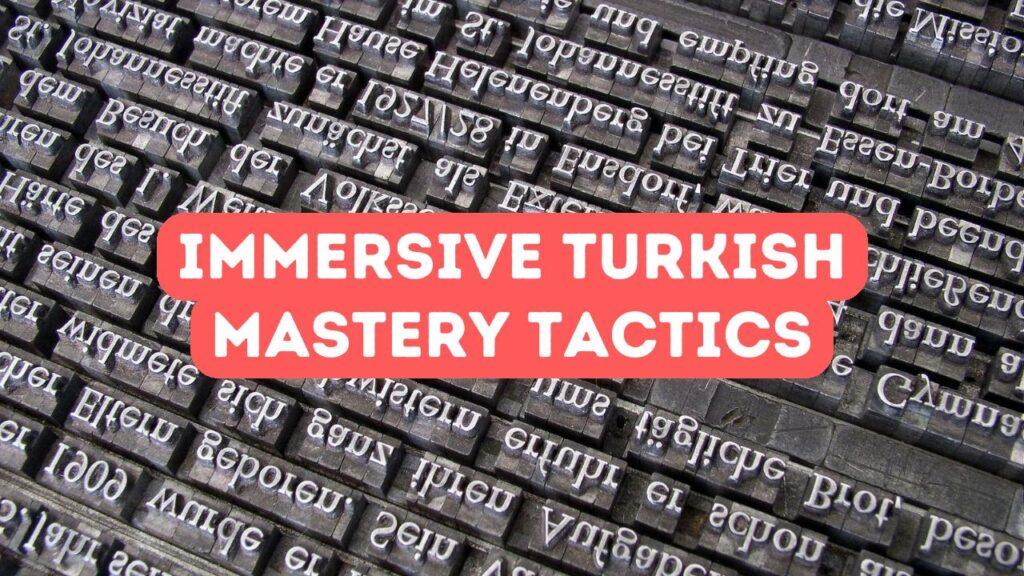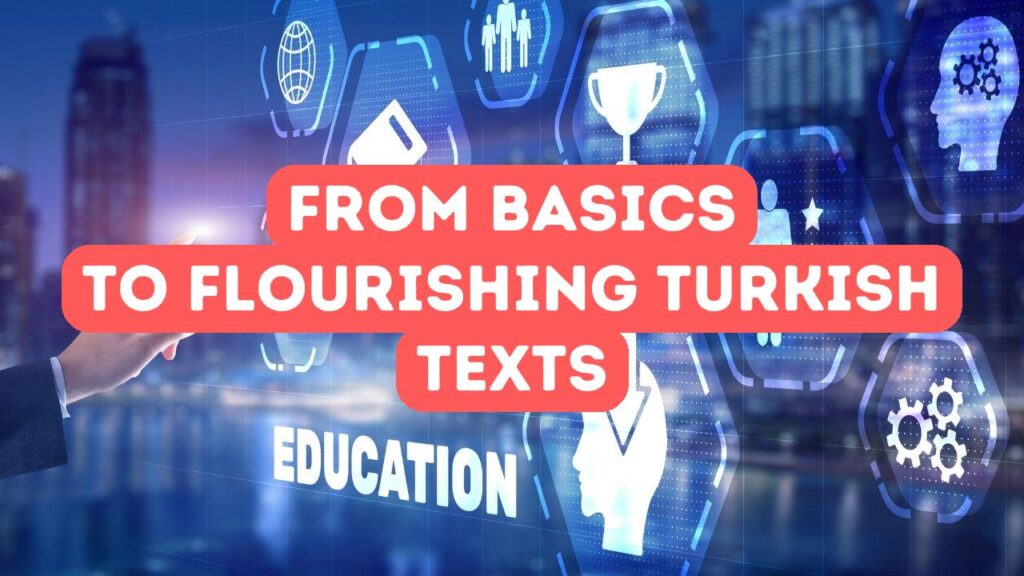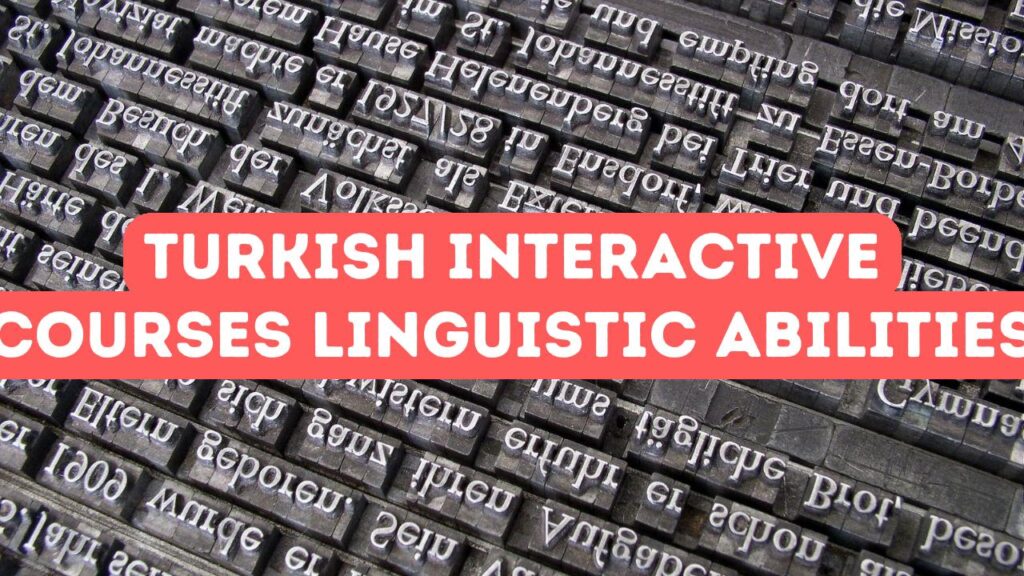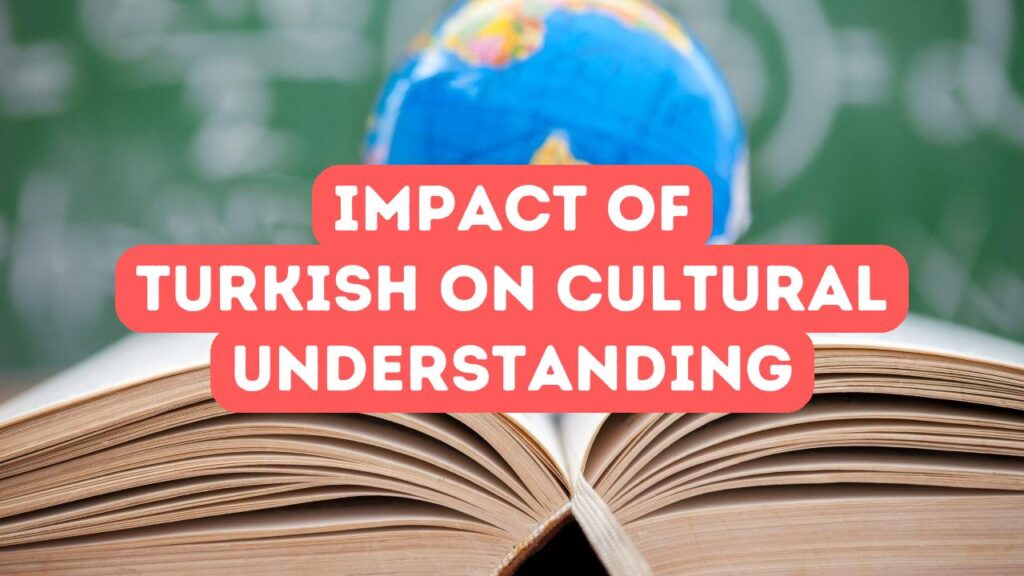The Evolution of Turkish through the Ages
The evolution of Turkish through the ages is a captivating tale of linguistic metamorphosis, mirroring the dramatic shifts in the region’s politics, culture, and society. From the earliest known Old Turkic inscriptions on the Orkhon stones of the 8th century, documenting the language of the Göktürk Khaganate, Turkish has successively transcended its nomadic roots to embrace a lexicon rich in diversity. The subsequent waves of Turkic migrations disseminated these early forms throughout the vast expanses of Eurasia, paving the way for a linguistic tapestry influenced by interactions with the Persians, Arabs, and later, the Byzantines. The Seljuk and Ottoman eras saw Turkish absorbing a multitude of Persian and Arabic words, whilst maintaining its unique grammatical structure. These layers of lexical influence testify to the complex interactions between the Turkish-speaking peoples and their neighbors, crafting a language that was both a vessel of conquest and a bridge between civilizations.
Amidst the rise and fall of empires, the Ottoman Turkish era heralded a period of linguistic opulence, where the vernacular Turkish was laced with an elaborate blend of Arabic and Persian vocabulary. This phase encapsulated a rich cultural confluence, with Turkish serving as the language of administration, literature, and intellectual discourse across a vast empire that spanned three continents. However, not all layers of society embraced this Persian-Arabic influenced script; a divide began to form, often aligning with class lines, between the Ottoman elite who favoured a Persianized and Arabized register, and the common folk who retained a more purely Turkic dialect. This dual nature of language carried within it the seeds of a burgeoning nationalism, setting the stage for a linguistic renaissance that would later sweep the empire in the early 20th century. The foundations of modern Turkish language were being subtly laid, even as Ottoman Turkish reached its zenith in literature and statecraft.
The seismic shifts of the early 20th century culminated in the Language Revolution, initiated by Mustafa Kemal Atatürk, which aimed to resurrect the essence of the Turkish spoken by the common people and to forge a new national identity. Atatürk’s ambitious language reform not only replaced the Arabic script with a modified Latin alphabet for greater accessibility but also purged the lexicon of its heavily Persian and Arabic influences, coining new words from Turkic roots to fill the void. This sweeping overhaul coincided with the rise of the Republic of Turkey and was integral in educating the masses and fostering a sense of unity. As modern Turkish crystalized into its current form, it became a powerful symbol of Turkey’s sovereignty and secular transformation. Even now, it continues to evolve, reflecting Turkey’s dynamic place in the global landscape, yet its metamorphosis remains anchored in the resilience of its Turkic heritage.
Contemporary Significance of the Turkish Language
The contemporary significance of the Turkish language is multifaceted, reflecting the geopolitical prominence of Turkey and its cultural ripple effects across the globe. As the 21st century unfolds, Turkish serves as a vital communication medium for nearly 80 million people, endowing it with considerable economic and diplomatic weight. Businesses harness it to tap into Turkey’s burgeoning market and strategic position as a bridge between east and west, while in the realm of diplomacy, proficiency in Turkish opens channels for negotiation and collaboration within a region rife with political complexities. Furthermore, Turkey’s contributions to global arts and media have amplified the language’s appeal, with Turkish television dramas and literature finding enthusiastic audiences internationally, thus propagating the language and its cultural narratives far beyond the country’s borders.
Beyond its utilitarian roles in commerce and statecraft, the Turkish language is the bedrock of Turkey’s soft power, fostering deeper intercultural connections. It is instrumental in the global dissemination of Turkish customs, cuisine, and historical narratives, which have piqued interest and fostered tourism. This linguistic magnetism has not only augmented Turkey’s cultural diplomacy but also carved out educational niches, as seen in the surge of language courses and academic programs dedicated to Turkish studies worldwide. The language’s adaptability and resilience in adopting new shades of meaning accommodate the digital age’s requirements, imbuing Turkish with a dynamic online presence and making it increasingly significant in the realms of information technology and social media influence. This cultural currency solidifies the importance of Turkish not merely as a communication tool but as an ambassador of Turkey’s heritage and values.
At its heart, the contemporary relevance of Turkish extends beyond its immediate linguistic boundaries, shaping personal identities and societal narratives. In the mosaic of multiculturalism, Turkish infuses diaspora communities with a sense of belonging, linking the dispersed threads of ancestry to the cultural tapestry of modern Turkey. Younger generations, looking to reconcile their heritage with global citizenship, find in the Turkish language a medium through which to explore their roots and contribute to a larger conversation about migration, cultural diversity, and the global exchange of ideas. It stands as a testament to human connectivity, reminding us that language is more than just a vessel for communication; it is the custodian of memory, a bridge to our past, and a guide towards a shared future.
Intersection of History and Modernity in Turkish Linguistics
As the Turkish language navigated through the corridors of time, it became a mosaic, marked by the footprints of empires and civilizations it encountered. Its transition from the runic scripts of Gök-Turk inscriptions to the refined verses of the Ottoman court encapsulates a linguistic journey that mirrors the nation’s geopolitical shifts. This journey did not halt with the fall of the Ottoman Empire; instead, it underwent a revolutionary transformation during the cultural renaissance initiated by Mustafa Kemal Atatürk. His language reform in the 1920s and 1930s sought to purge Turkish of its heavily Persian and Arabic-influenced vocabulary, in favor of words derived from Turkic roots, thus creating a new linguistic paradigm that aligned with the modern, secular republic. This radical overhaul not only reflected the ideological metamorphosis of the nation but it also solidified the inherent adaptability and resilience of the Turkish language to assimilate contemporary realities while staying anchored to its historical essence.
The sweeping language reform went beyond purifying vocabulary; it also replaced the Arabic script with the Latin alphabet, making literacy more accessible to the Turkish people and aligning the language with Western norms. This profound change in script was not merely symbolic—it reshaped the way Turkish was learned, taught, and disseminated, bridging the gap between oral traditions and written literature. The impact of this shift is evident in the explosion of Turkish literature and the elevation of the language in academic and international circles. Today, while modern Turkish reflects Atatürk’s vision of a progressive and homogenous nation-state, it continues to be peppered with traces of its Ottoman past, bearing testimony to a language that has evolved yet managed to retain a connection to its storied lineage.
Today, the Turkish language is a crucible where echoes from its nomadic Central Asian origins resonate amidst the sophistication of contemporary expression, symbolizing the intersection of history and modernity. In the bustling streets of Istanbul, one might hear age-old Turkish proverbs interlaced with recent anglicisms, much to the fascination of linguists studying the fluid dynamics of cultural globalization within Turkish. Furthermore, the digital age has propelled Turkish into the realms of social media and information technology, introducing a new lexicon and driving language evolution at an unprecedented pace. Nevertheless, even as Turkish embraces new influences and adapts to the ever-changing landscape of communication, it remains a living heritage, a guardian of a unique identity that continuously redefines itself within the tapestry of human history.


